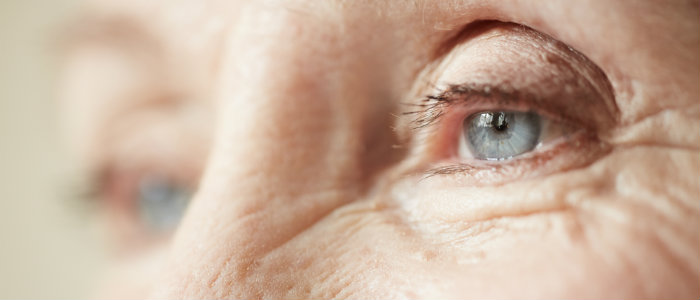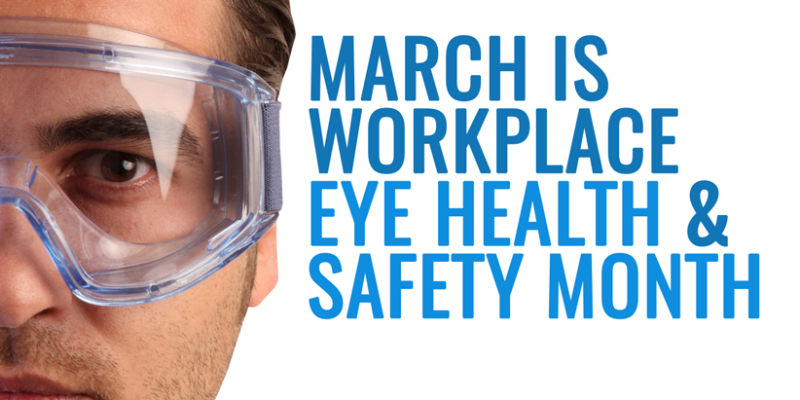It is summer, time to enjoy the great outdoors. You are all set to enjoy your day…. healthy refreshing drink to stay hydrated, sunscreen with the correct SPF, picnic blanket, beach chair….
But what have you done to protect your eyes? You have those trendy fashion sunglasses that make you look cool but are they eye-healthy?
Ultraviolet (UV) is a type of electromagnetic radiation which constitutes about 10% of the total light output of the Sun. Most of it is filtered out by the Earth’s atmosphere, although enough of it comes through to have implications. There are three types of UV radiation, UV-C is absorbed by the ozone layer and does not present any threat. UV-A and UV-B radiation, on the other hand, can have long and short-term negative effects.
The UV spectrum has both beneficial and harmful effects to human health. On the positive side, Ultraviolet is responsible for the formation of bone-strengthening vitamin D in humans, your suntan and cute freckling. These and a sunburn are familiar effects of over-exposure, along with higher risk of skin cancer.
Just as we have learned to protect our skin from the harmful rays, we must also protect our eyes. If your eyes are exposed to excessive amounts of UV radiation over a short period of time, you may experience Photokeratitis. This is equivalent to a ”sunburn of the eye,” and can be painful. Symptoms include red eyes, a foreign body feeling or gritty feeling in the eyes, extreme sensitivity to light and excessive tearing. The symptoms are usually temporary and rarely cause permanent damage to the eyes.
The longer your eyes are exposed to solar radiation, the greater the risk of developing cataracts or macular degeneration later in life. As a precaution, whenever you spend time outdoors, wear
quality sunglasses that offer UV protection and a wide brim hat.
Not all sunglasses protect you equally. The color and degree of darkness sunglasses provide have nothing to do with their ability to block UV rays. You can also opt for wraparound sunglasses or close-fitting sunglasses with wide lenses that protect your eyes from every angle. Some contact lenses also offer UV protection, but should be worn in combination with sunglasses to maximize protection.
In purchasing sunglasses, keep in mind:
- The larger the lenses, the more of your eye and soft tissue around it get protection.
- They should block out 99 to 100 percent of both UV-A and UV-B radiation
- They should screen out 75 to 90 percent of visible light
- Lenses should be perfectly matched in color and free of distortion and imperfection
- Lenses should be gray for proper color recognition
Did you know that both your sunglasses and regular glasses should have UV protection? Chronic exposure to shorter-wavelength visible light (blue and violet light) may also be harmful to the retina. Many digital devices emit this shorter-wavelength visible light. Blue light is part of the visible light spectrum. The sun emits blue light, as do artificial light sources, such as LEDs, computers, and even smartphones.
Blue-violet light can be harmful to the eyes, specifically the retina. It is a risk factor for the onset of age-related macular degeneration, a deterioration of the part of the retina responsible for sharp, central vision. A recent study found that Americans spend 444 minutes every day looking at screens, or 7.4 hours. That breaks down to 147 minutes spent watching TV, 103 minutes in front of a computer, 151 minutes on a smartphones and 43 minutes with a tablet. In addition, most offices and stores use fluorescent light bulbs, and LED lights are becoming increasingly popular. There are lenses and coating for non-sunglasses to protect from this.
The first step in getting help is a visit to A quick visit to Dr. Beyer (William, Eric, or Mark) in any of their 3 convenient locations will give them a clear insight to your vision problem.
Drs. Beyer will discuss your eye health and vision. They invite you to visit their offices for an exam to discuss your eye care health and the same for your family. They take most medical insurances and have a wonderful selection of frames should you need glasses. A visit to them may be your first line of ocular defense!
Have questions? Call us for answers!









 Now considered a major health concern, myopia (nearsightedness) has increased by 66% in the United States since 1971. Onset can begin as early as age 6, and early detection is the key to prevention and reduction of potentially serious complications later in life.
Now considered a major health concern, myopia (nearsightedness) has increased by 66% in the United States since 1971. Onset can begin as early as age 6, and early detection is the key to prevention and reduction of potentially serious complications later in life.
